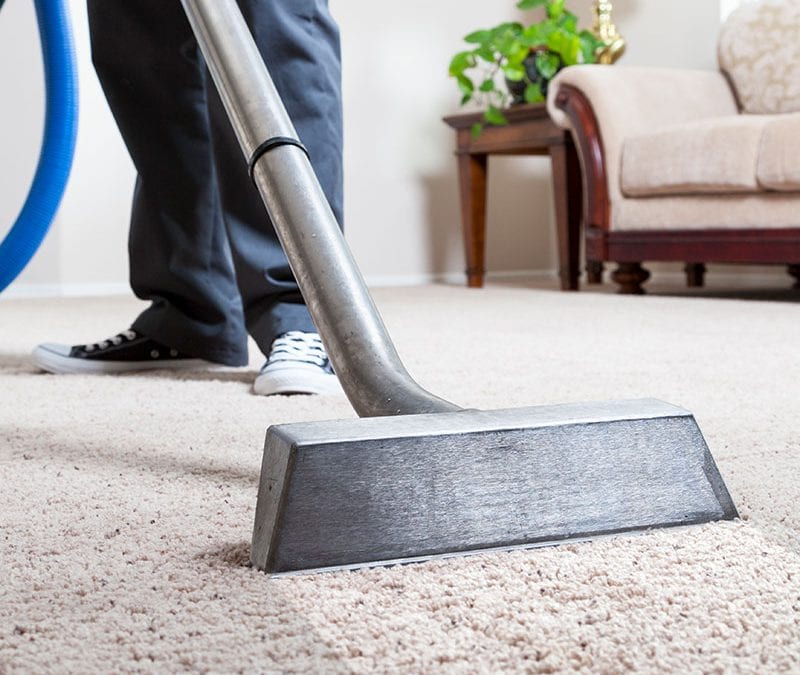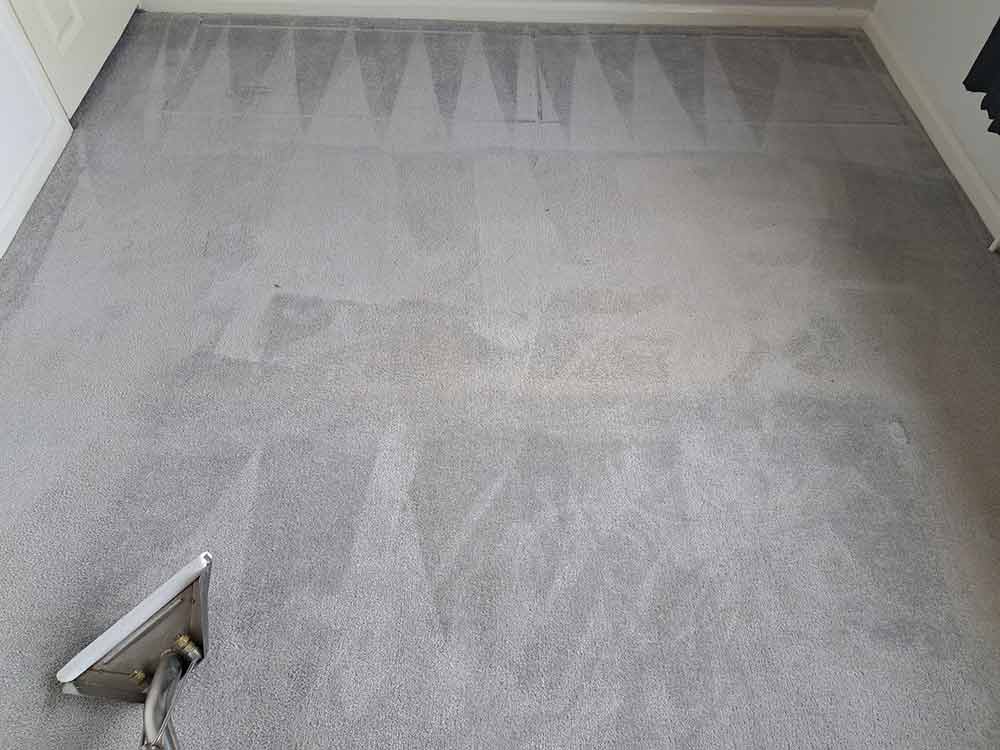If you’re out of carpet shampoo, don’t worry! You can use a mix of baking soda and vinegar or a mild, bleach-free laundry detergent as effective alternatives. For the baking soda and vinegar method, sprinkle baking soda on the stain, then spray a 1:1 mixture of vinegar and water on top and let it fizz. After 10-15 minutes, blot it dry. Alternatively, dilute a tablespoon of laundry detergent in a gallon of warm water, apply it gently with a brush, and then blot it out. Both methods are excellent for removing stains and odors. Exploring further will reveal more such handy solutions.
Baking Soda and Vinegar Method
You can effectively clean your carpets using a combination of baking soda and vinegar, a natural and potent cleaning duo. This method is particularly excellent for both stain removal and odor neutralisation. Here’s how you can get started:
First, sprinkle a generous amount of baking soda directly on the carpet stains. Baking soda acts as an absorber of both moisture and odors, making it ideal for tackling those areas where pets or spills have left their mark. For general cleaning, you might want to cover a larger area to freshen up the entire carpet.
Next, mix white vinegar with water in a spray bottle using a 1:1 ratio. Lightly spray this solution over the baking soda. You’ll notice a bubbling reaction; this is the natural lifting of the stain from the carpet fibers.
Allow this mixture to sit for about 10 to 15 minutes. This waiting period gives the solution ample time to break down the acids or substances causing the stains and odors.
Using Laundry Detergent

Another effective alternative for carpet cleaning is laundry detergent, known for its deep-cleaning properties on fabrics. When using this method, it’s essential to focus on detergent dilution and fabric safety to avoid damaging your carpet. You’ll want to start by choosing a mild laundry detergent that’s free from bleach and brighteners, as these can harm carpet fibers.
To prepare your cleaning solution, mix about one tablespoon of your chosen detergent with a gallon of warm water, making sure it’s well-diluted. This ratio is significant to prevent soap residue that can attract more dirt over time. Test this solution on a small, inconspicuous area of your carpet to verify it doesn’t cause discoloration or damage.
Once you’ve confirmed the safety of the detergent on your carpet, apply the solution sparingly with a soft-bristled brush or a clean cloth. Gently work in the detergent with smooth, circular motions, allowing the cleaning properties to penetrate and lift the dirt. It’s important not to oversaturate the carpet; use just enough moisture to dampen the area.
After scrubbing, blot up as much of the solution as possible with a dry towel. Then, allow the carpet to air dry completely, avoiding heavy traffic until dry. This method isn’t only effective but also preserves the integrity and appearance of your carpet.
Steam Cleaning Techniques
For deep cleaning your carpets, consider steam cleaning, a method that uses hot water vapor to penetrate carpet fibers and dissolve dirt effectively. One of the significant steam cleaning benefits is its ability to remove allergens and bacteria without harsh chemicals, making it an excellent choice for homes with pets or children.
Here’s how you can get the most out of this technique. First, always vacuum thoroughly before steam cleaning. This prepares the carpet by removing surface dirt, guaranteeing the steam penetrates deeper. You’ll want to use distilled water in your steam cleaner to prevent mineral buildup, which can damage the machine over time.
When steam cleaning, move slowly across the carpet; this allows the steam to work effectively. Focus on high-traffic areas but make sure you don’t over-saturate any part of your carpet. Too much moisture can lead to mold growth.
After steam cleaning, open windows or use fans to speed up the drying process. Ideally, keep the room off-limits until the carpet is completely dry to avoid resoiling.
DIY Herbal Carpet Cleaners

Turning to DIY herbal carpet cleaners, you’ll find they’re not only effective but also environmentally friendly, employing common household ingredients like vinegar and essential oils.
These natural solutions not only help in maintaining a clean home but also guarantee you’re not exposing your family or pets to harsh chemicals.
Here’s how you can create your own herbal carpet cleaner using simple ingredients:
- Herbal Infusions: Start by making a strong herbal infusion. Select herbs like lavender or chamomile for their scent and mild antibacterial properties. Steep these herbs in boiling water, strain, and use the cooled liquid as the base for your cleaning solution.
- Vinegar: Mix equal parts of vinegar and water to the herbal infusion. Vinegar is excellent for removing odors and breaking down stains.
- Essential Oils: Add a few drops of essential oils such as eucalyptus, tea tree, or lemon. These oils not only provide a fresh scent but also have natural antibacterial properties, enhancing the cleaning power of your mixture.
This approach guarantees that you’re using safe, natural products that are just as effective as commercial cleaners while being gentle on your carpets and the environment.
Commercial Eco-Friendly Alternatives

If you prefer purchasing over making your own, several commercial eco-friendly carpet cleaning products are available that offer similar benefits without the DIY effort. These commercial cleaners, specifically designed to be gentle on the environment and effective on your carpets, can be a convenient and responsible choice.
When you’re shopping for eco-friendly products, it’s important to look for certifications like Green Seal or EcoLogo. These labels guarantee that the product meets strict environmental standards regarding biodegradability, toxicity, and packaging. For instance, brands like Biokleen and Eco-Me use plant-based ingredients and avoid harsh chemicals, making them safe for your family and pets while still effectively lifting stains and odors from your carpets.
Moreover, consider the packaging of these products. Companies that commit to sustainability often use recycled materials or containers that are easily recyclable. This reduces your carbon footprint even further.
Lastly, don’t overlook the instructions for use. Even eco-friendly products can be wasted if used incorrectly. Follow the guidelines closely to guarantee that you’re using the right amount of product, thereby reducing waste and increasing efficiency.



